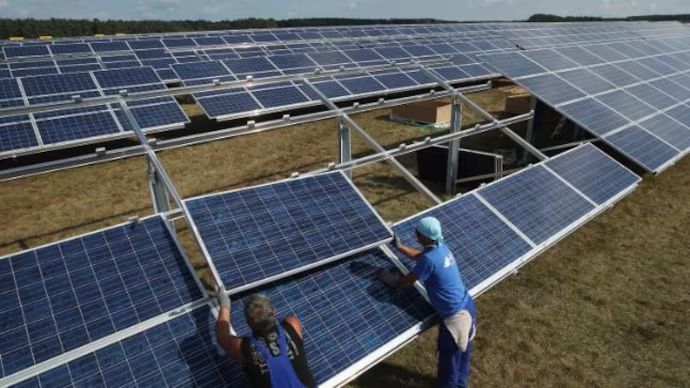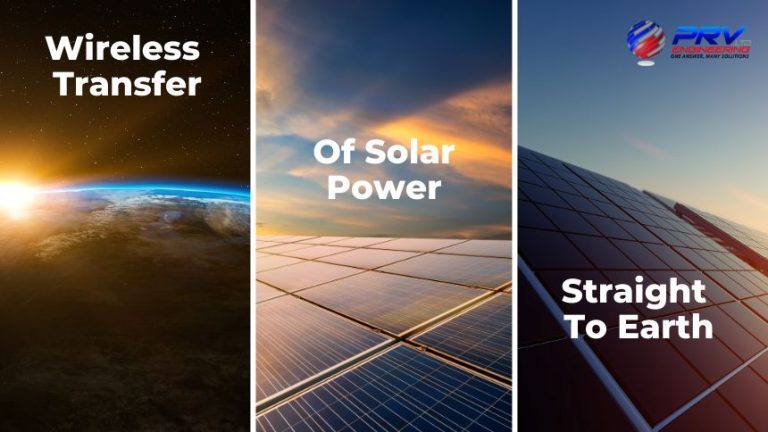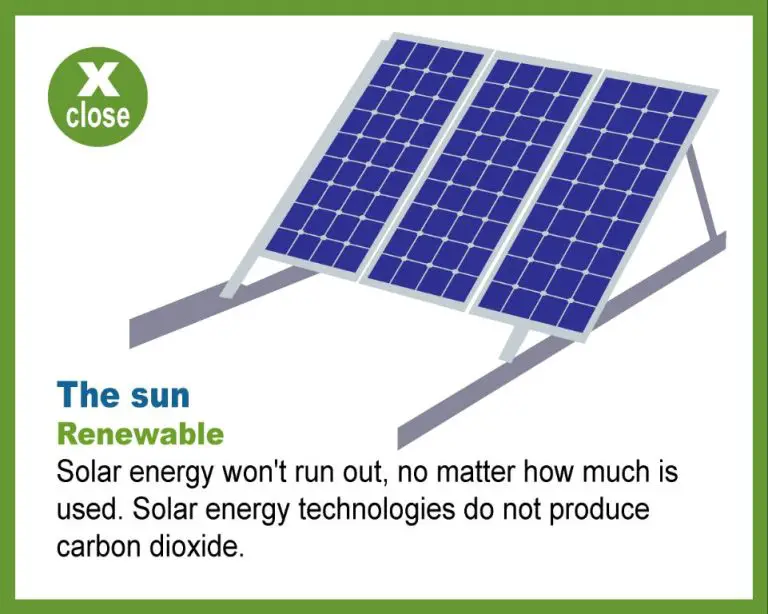Is Solar Natural Or Man Made?

Solar energy is one of the fastest-growing and most promising renewable energy sources in the world today. But is solar energy completely natural, or does it involve man-made technologies? In this article, we will examine what solar energy is, the role of the sun as a natural source of solar energy, how humans have harnessed the sun’s power through solar technology, and whether solar should ultimately be considered natural or man-made.
We will start with an overview of what defines solar energy and solar technology. Next, we will look at how the sun provides solar energy naturally. Moving on, we will discuss how solar technology converts sunlight into electrical energy for human use, making solar partly man-made. We will provide examples of key solar technologies and applications. Finally, we will analyze the interplay between the natural and man-made aspects of solar energy, and how solar power takes advantage of a natural source through human innovation.
What is Solar Energy?
Solar energy is a natural and renewable energy source that comes directly from the sun. The sun radiates energy in the form of electromagnetic radiation, which includes visible light, ultraviolet light, and infrared radiation (1). This radiation can be captured and converted into useful forms of energy like heat and electricity.
Solar energy originates from thermonuclear fusion reactions deep within the sun’s core, where immense heat and pressure cause hydrogen atoms to fuse into helium (2). This process releases energy which radiates outward through the various layers of the sun and permeates space in all directions. Only a tiny fraction of this energy reaches the Earth, but it provides an abundant and virtually limitless source of power.
Solar energy is considered a green or renewable energy because the sun will continue radiating energy for billions of years. As a renew-able resource, solar energy has many applications and benefits for power generation, heating/cooling, industry, agriculture, and beyond.
(1) https://www.britannica.com/science/solar-energy
(2) https://justenergy.com/blog/what-is-solar-energy/
The Sun as a Natural Source
The sun is the original source of almost all energy on Earth. The sunlight that reaches the Earth’s surface provides a natural source of solar energy. The sun emits energy in the form of electromagnetic radiation from the constant nuclear fusion reactions occurring at its core. This radiation travels the 150 million kilometers from the sun to Earth in around 8 minutes. The sun bathes the Earth’s surface with enough energy in one hour to supply our planet’s energy needs for an entire year (https://slideplayer.com/slide/13207541/).
The sun has provided energy for life on Earth for billions of years. Plants, algae, and some bacteria convert sunlight into chemical energy through photosynthesis, forming the base of the food chain. Humans and animals depend on consuming plants and other organisms that ultimately derive their energy from the sun’s light (https://www.teachmint.com/tfile/assignment/class-3rd/gsc/chapter10thesun-naturalsourceofenergy/b538f0fe-15fa-4c4c-b3ea-17c48c24d3d2).
Before the existence of technology, humans relied on direct use of the sun’s light and heat for warmth, cooking, drying food, and more. Even today, the sun continues to provide natural energy in forms like daylighting, passive solar heating, solar thermal heaters, and drying fabrics and food (https://indianitexpert.com/natural-source-of-energy-for-human-body/).
Solar Technology is Man-Made
While the sun’s energy itself is natural, the technologies used to capture and convert solar energy into usable electricity are the product of human innovation. Solar panels, the most common solar technology, consist of photovoltaic cells made from silicon and other materials that convert sunlight into direct current electricity. Other key components like inverters and batteries to store solar energy are also man-made inventions.
The photovoltaic effect that makes solar panels possible was first discovered in 1839 by French physicist Edmond Becquerel. The first silicon solar cell capable of converting enough sunlight into power to run electrical equipment was created in 1954 by Bell Laboratories. Today, solar panel systems use advanced materials and computer monitoring to maximize efficiency.
Beyond solar panels, concentrating solar power plants use mirrors and lenses to focus sunlight and convert it into thermal energy that spins turbines to generate electricity. New cutting-edge solar technologies like organic photovoltaics and perovskite solar cells are further expanding our ability to utilize the sun’s natural energy through human engineering and innovation.
While the renewable energy source of the sun is natural, the technologies that enable us to capture, convert and store that solar energy for human use require man-made tools and ingenuity. Solar energy is thus the product of both natural and human-driven forces.
A Combination of Natural and Man-Made
Solar energy utilizes both natural and man-made components. The sun itself provides the natural source of energy through nuclear fusion reactions. According to the National Geographic, “Solar energy is created by nuclear fusion that takes place in the sun.” [https://education.nationalgeographic.org/resource/solar-energy/] This natural process produces sunlight and heat which reaches the Earth.
However, technologies like photovoltaic panels and concentrated solar plants are man-made devices designed to capture the sun’s energy. As the Department of Energy explains, “Solar fuels are fuels made from common substances like water and carbon dioxide using the energy of sunlight.” [https://www.energy.gov/science/doe-explainssolar-fuels] These technologies allow us to convert the sun’s natural energy into usable electricity and heat.
Therefore, solar energy relies on both the natural fusion processes in the sun that produce sunlight, as well as man-made devices like solar panels that are engineered to harvest this natural energy. It combines natural and artificial components to provide renewable power.
Examples of Solar Technology
Solar technology comes in many different forms that harness the sun’s energy in unique ways. Here are some common examples of solar technology in use today:
- Solar photovoltaic (PV) panels and cells – These convert sunlight directly into electricity using semiconducting materials. Solar PV panels can be small, like the ones used to power calculators, or large like the panels used in solar farms and on rooftops.
- Concentrated solar power – This technology uses mirrors to concentrate sunlight onto a receiver, which heats up a liquid that can then be used to drive a turbine to generate electricity.
- Solar water heating systems – These use solar thermal collectors and a water storage tank to provide hot water.
- Solar cookers – These use reflective panels to concentrate sunlight onto a cooking vessel. They provide a sustainable way to cook without electricity or fuels.
- Solar driers – These use solar heat to dry materials like food, crops, and clothing.
Some real-world examples of large-scale solar technology installations include the Topaz Solar Farm in California, which has over 9 million solar panels, and the Longyangxia Dam Solar Park in China, which is the largest solar park in the world with a capacity of 850 megawatts.
(ResearchGate, Solar Power Presentation)
Benefits of Solar
Solar energy provides many environmental and economic benefits. One of the main environmental benefits is that solar energy produces no greenhouse gas emissions or air pollution when converted into electricity. This helps combat climate change and improves public health [1]. Solar power also requires very little water to produce electricity compared to fossil fuels, conserving this precious resource [2].
On the economic side, solar energy systems can save homeowners and businesses money on their electricity bills once the initial system cost is recouped. Solar energy prices have fallen dramatically in the last decade, making solar more affordable. Solar power also provides energy security by reducing reliance on imported fossil fuels. In addition, the growth of the solar industry creates jobs and economic development [3]. With all of these advantages, solar energy has huge potential to provide clean, sustainable power for the world’s growing energy needs.
Challenges and Limitations
While solar energy has many benefits, it also comes with some drawbacks and limitations. Some key challenges of solar power include:
High upfront costs: The initial investment for purchasing and installing solar panels and related equipment is quite high compared to fossil fuels (source). This can deter adoption, especially in developing countries.
Intermittency: Solar energy production depends on sufficient sunlight, so output varies throughout the day and year. Energy storage solutions are needed to provide power when the sun isn’t shining (source).
Land use: Utility-scale solar power plants require significant land area to generate electricity at scale. This can lead to habitat loss and other environmental impacts if not properly managed (source).
Limits to efficiency: The maximum efficiency of converting sunlight to electricity is around 30-40% for today’s commercial solar cells. Ongoing research aims to improve solar cell materials and design.
Variability: Solar output varies depending on location, weather, and seasons. Some regions are not optimal for capturing sunlight. Solar may provide only 10-30% of electrical needs.
While solar has challenges, costs have fallen dramatically in recent years. With smart policies and advances in technology, solar can become a major pillar of clean energy production globally.
The Future of Solar
The future looks bright for advancements in solar technology and adoption rates. According to research from MIT (https://energy.mit.edu/research/future-solar-energy/), there are several key areas where solar technology is likely to improve in the coming years:
- Higher efficiency solar cells – New materials and manufacturing techniques will enable solar panels to convert a greater percentage of sunlight into electricity.
- Lower costs – Economies of scale and technology improvements will continue to drive down the cost per watt of solar energy.
- Better energy storage – Battery storage capacities will increase while costs decrease, enabling solar power to be dispatched when needed.
- Expanded applications – Flexible, lightweight solar cells will open up new possibilities for integrating solar across infrastructure and devices.
Additionally, solar energy adoption is expected to grow exponentially in the coming decades. With costs becoming competitive with fossil fuels, increased policy support, and innovations that make solar more versatile and accessible, solar has the potential to become a mainstream energy source worldwide and play a major role in the global transition to renewable energy.
Conclusion
In summary, solar energy utilizes both natural and man-made components. The sun itself provides the natural source of energy, while solar panels and other technologies harness and convert that energy for human use. Key points discussed include:
- The sun radiates an enormous amount of solar energy to the earth each day, providing a free and renewable source of power.
- Solar photovoltaic panels and thermal technologies are engineered by humans to capture, store, and distribute solar energy.
- Solar energy offers benefits like reduced carbon emissions and energy independence, but also has limitations like intermittency and high upfront costs.
- Advancements in solar technology, battery storage, and policy incentives may enable solar to supply a greater portion of energy needs in the future.
In conclusion, solar power relies on the natural phenomenon of sunlight as well as man-made innovations to harness that energy. With both natural and human elements, solar energy demonstrates great promise as a sustainable energy source moving forward.
(Sources: https://www.ipl.org/essay/Solar-Energy-Conclusion-FCCDZXZ3UU, https://medium.com/inside-renewables/the-advantages-and-disadvantages-of-solar-energy-fcd767bd4a2a)







